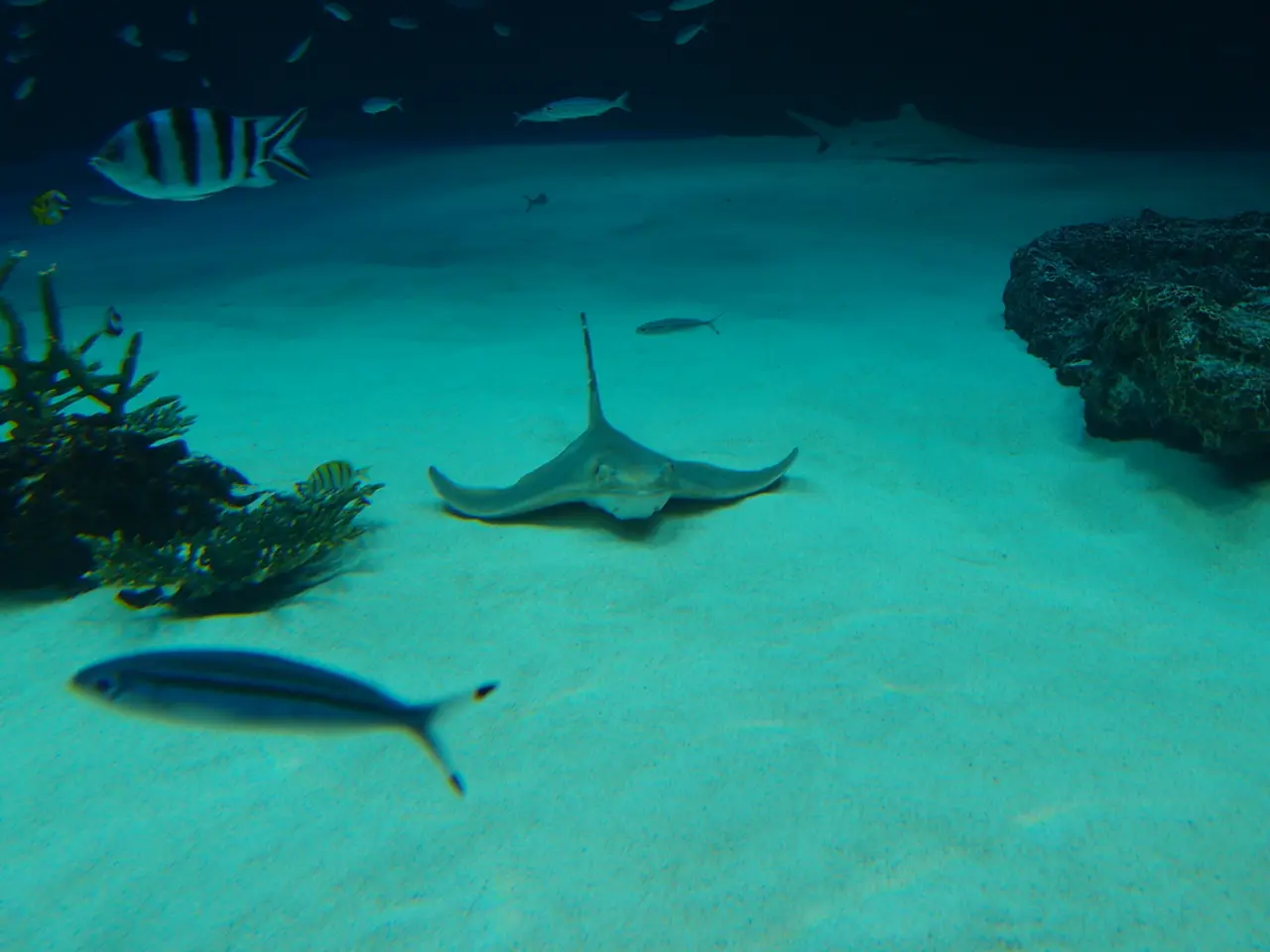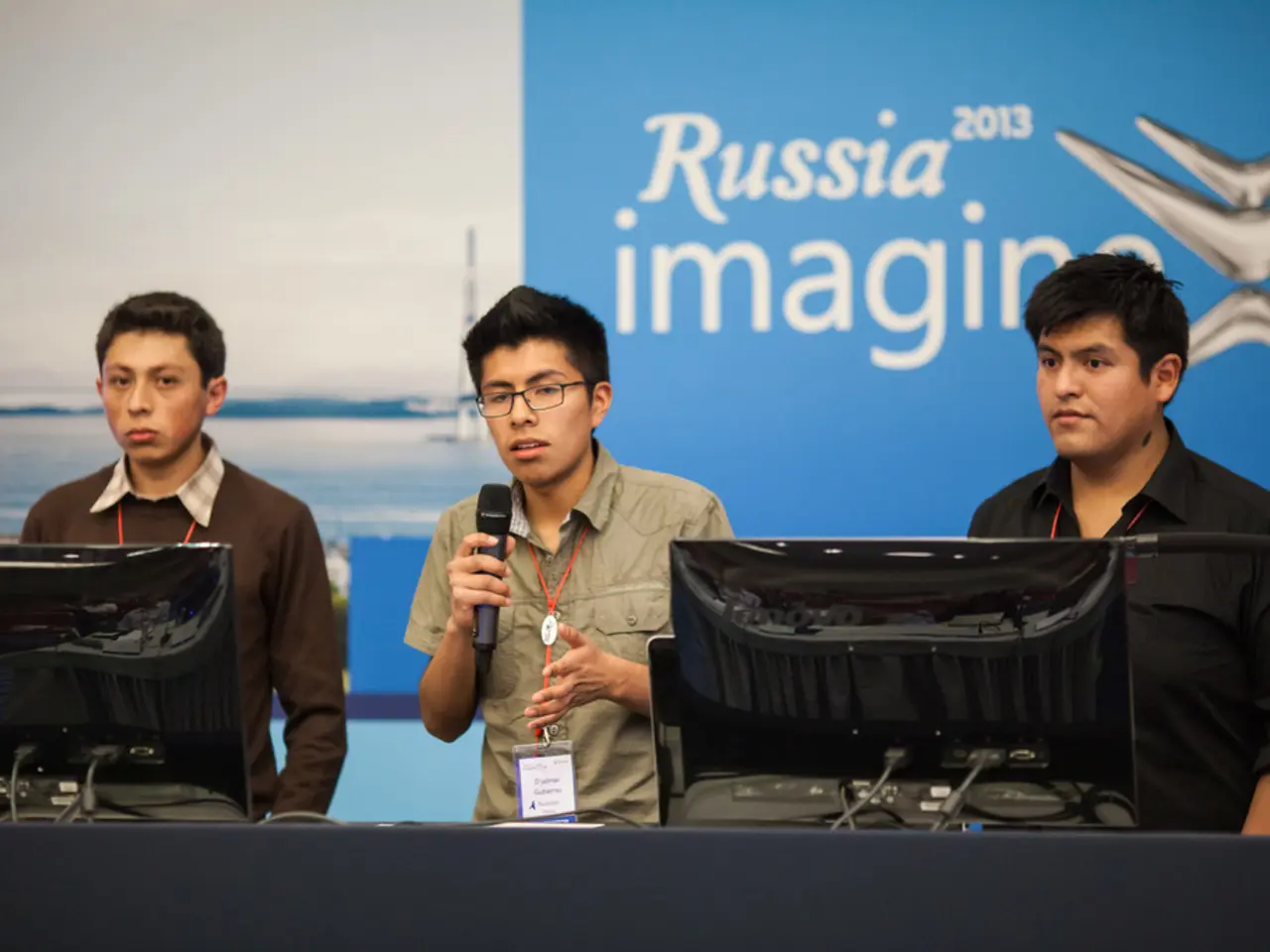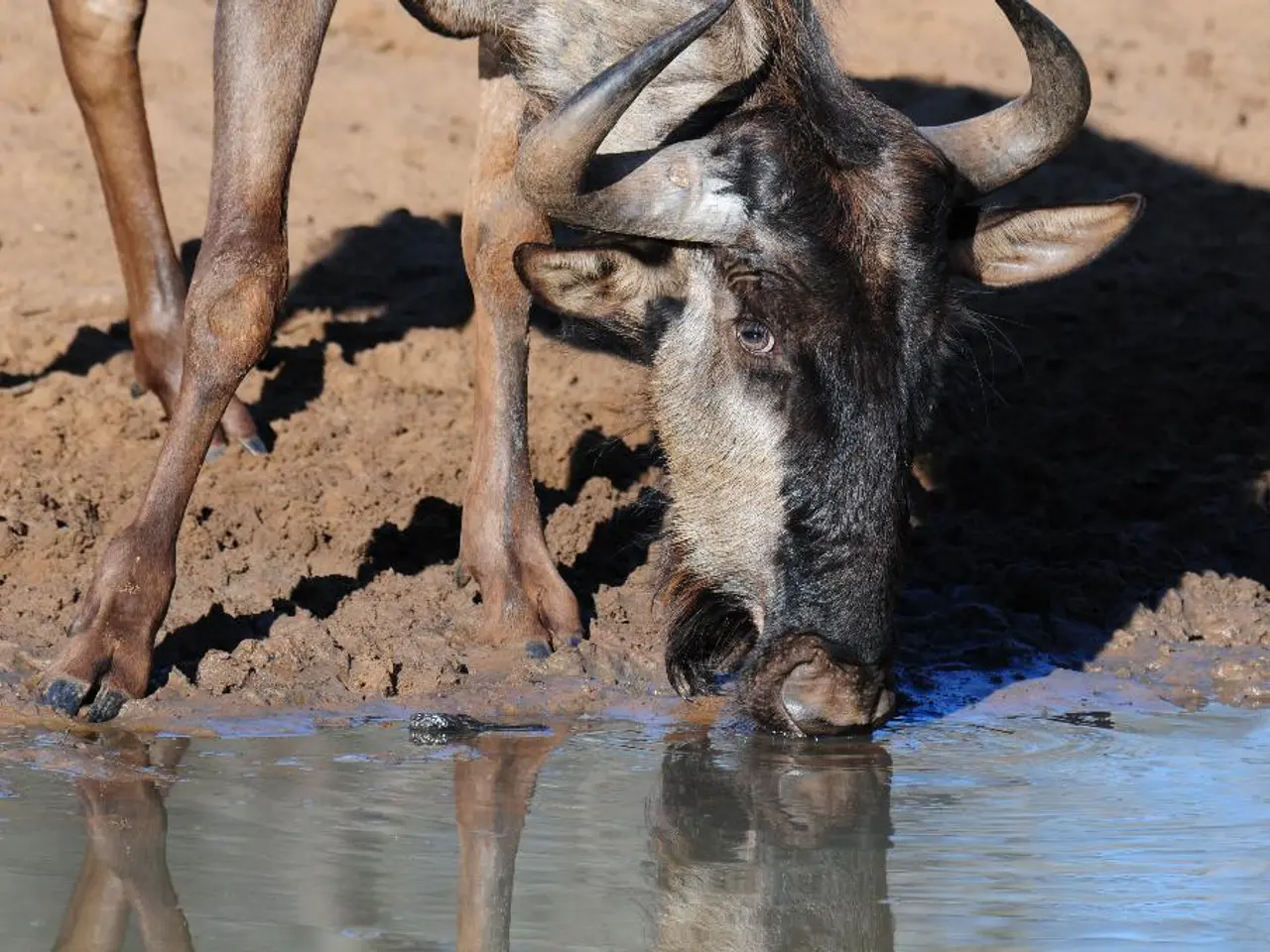India's approach to water management needs a fresh direction
Source-to-Sea Approach Transforms Water Management in India
India is embracing a Source-to-Sea (S2S) approach in its water management strategy, aiming to ensure water security, boost coastal resilience, and foster sustainable blue-economy development. This holistic approach focuses on the integrated management of water resources from their origin in rivers or catchments to the coastal and marine environments.
Key aspects of the S2S approach include:
- Integrated Water Resource Management Policies: The Department of Water Resources, River Development and Ganga Rejuvenation (DoWR, RD & GR) under the Ministry of Jal Shakti oversees the development, conservation, and regulation of water resources nationally. This includes inter-State and transboundary rivers, groundwater management, and flood control, which are crucial for source-to-sea integrity.
- River System Rejuvenation and Pollution Control: Efforts are being made to address water quality and ecosystem health from upstream to downstream and coastal outflows. The Ganga and its tributaries are a key focus, with the aim of maintaining freshwater flows into marine systems, a vital S2S principle.
- Water Conservation and Efficient Use: Organisations like TERI are promoting water conservation and efficient use across domestic, agricultural, and industrial sectors. This aims to sustain water availability, which underpins the entire river basin and coastal system, supporting livelihoods and ecosystem services.
- Understanding Hydrological Extremes: Advanced research is being conducted to better manage risks and build resilience in river basins and coastal areas affected by climate variability and change. This is critical for protecting coastal communities and enhancing blue economy assets.
The S2S approach emphasizes multi-stakeholder coordination, scientific research, policy integration, and ecosystem-based management across the full river-to-coast continuum. These initiatives help balance developmental needs with ecological integrity, reinforcing long-term sustainable water and coastal resource use in line with India's socio-economic growth and environmental goals.
Despite these initiatives, challenges remain. Climate change impacts, such as increased frequency of droughts, floods, Glacial Lake Outburst Floods (GLOFs), and sea-level rise threatening deltas, are not adequately addressed by disaster management and water departments. Additionally, litigation dominates inter-State water disputes, and negotiation forums are weak. The River Boards Act is largely dormant.
One promising initiative is the Delhi S2S pilot, which aims to expand analysis of untreated sewage and nutrient runoff to upstream nutrient sources and downstream marine impacts. Another best practice is the use of environmental flows (E-flows), the minimum river flow needed to keep ecosystems healthy.
The S2S approach treats glaciers, rivers, aquifers, deltas, and coastal seas as one socio-ecological system. It aligns with the Ridge-to-Reef concept, which emphasizes mountain-to-coral connectivity. However, data on glacier mass-balance, aquifer recharge, and estuarine salinity is monitored by separate agencies using incompatible protocols, creating data opacity.
The hydrological cycle, which involves the natural circulation of water, is now distorted by human interventions. Addressing these challenges and continuing to implement the S2S approach is crucial for India's water security, coastal resilience, and blue-economy aspirations.
[1] Department of Water Resources, River Development and Ganga Rejuvenation (DoWR, RD & GR) [2] TERI (The Energy and Resources Institute) [3] Ministry of Jal Shakti [4] Unnamed research organisations and scientific monitoring efforts
- The Source-to-Sea (S2S) approach in India's water management strategy is designed to ensure water security, bolster coastal resilience, and develop a sustainable blue-economy, focusing on the integrated management of water resources from their source to the marine environment.
- The Ministry of Jal Shakti, through its Department of Water Resources, River Development and Ganga Rejuvenation (DoWR, RD & GR), plays a key role in the development, conservation, and regulation of national water resources, including inter-State and transboundary rivers, groundwater management, and flood control.
- Organisations like TERI are promoting water conservation and efficient use across various sectors in India, aiming to sustain water availability for the river basin and coastal system, supporting livelihoods and ecosystem services.
- Advanced science and research are being conducted to better manage risks and build resilience in river basins and coastal areas affected by climate variability and change, ensuring protection of coastal communities and enhancing blue economy assets.
- The S2S approach underlines the importance of multi-stakeholder coordination, scientific research, policy integration, and ecosystem-based management, to balance developmental needs with ecological integrity and support long-term sustainable water and coastal resource use in accordance with India's socio-economic growth and environmental objectives.








